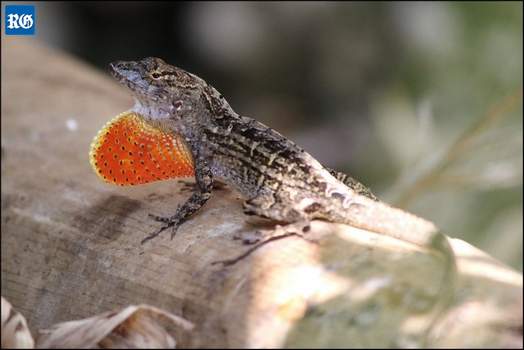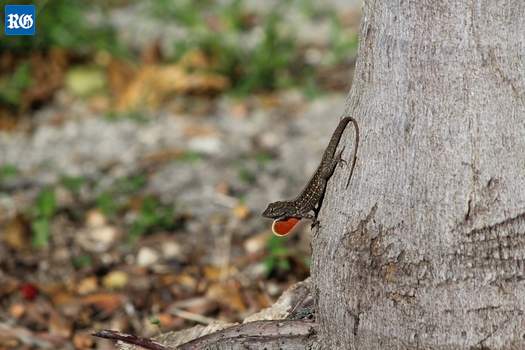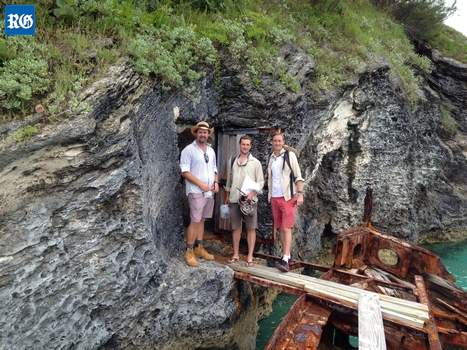Recent News
Series celebrating marine life completedTuesday, March 22, 2016
The Ocean Vet series that has been three-and-a-half-years in the making and will highlight Bermuda’s natural treasures to millions globally is finally complete.
Career fuelled by passion for wildlife
Monday, March 07, 2016
Nesta Wellman’s passion for conservation and wildlife runs deep in his veins.
Lemur visits dentist for tooth troubles
Tuesday, February 23, 2016
Saturday was not a typical day at the office for dentist Len Wedlich.
Daisy blossoming, thanks to surgery
Saturday, February 20, 2016
A loggerhead turtle that underwent life-saving surgery to remove a rusting hook that had became embedded in her throat has started to eat for herself.
BZS Lecture: “Ecology Of The Sargasso Sea”
Saturday, February 20, 2016
Dr. Robbie Smith, the Curator of the Bermuda Natural History Museum at BAMZ, will be presenting a lecture on the “Ecology of the Sargasso Sea” on Wednesday, February 24th at 7.00pm.
About
GovernanceAbout Us
Newsletter
Latest News
Gift & Bookstore
Contact
General Inquiries
info@bzs.bm
Latest News
All the latest updates and news from the Bermuda Aquarium, Museum, and Zoo, one of Bermuda's leading visitor attractions!
Jonathan Bell
Published Nov 2, 2017 at 8:00 am (Updated Nov 2, 2017 at 6:05 am)

The brown anole lizard in Bermuda (Photograph by James Stroud)
Bermuda’s endangered skinks are soon to cross paths with a thriving invasive species that already outnumbers the entire native population.
James Stroud of Florida International University said the brown anole lizard had been recorded “living in some of the highest densities of any terrestrial vertebrate on Earth”.
Dr Stroud’s report was shared with The Royal Gazette in the wake of an article on the lizard’s spread after the reptiles were spotted around Aberfeldy nursery in Paget.

The brown anole lizard in Bermuda (Photograph by James Stroud)
Other clusters of the foreign lizard were found on the grounds of Belco and a lumber yard at Mill Creek, both in Pembroke.
The report, with Sean Giery from North Carolina State University and Mark Outerbridge from the Department of Environment and Natural Resources, “conservatively” estimated there were 4,000 to 5,000 of the lizards on the island — dwarfing a total skink population of 3,500.

Researchers on Nonsuch Island: from left, Mark Outerbridge of the Department
of Environment and Natural Resources, Sean Giery from the University of Connecticut,
and James Stroud of Florida International University (Photograph supplied)
The two species overlap “substantially” — both lizards prefer to stay on the ground, and eat the same ground-dwelling insects and spiders.
The scientists estimated that contact between the species might occur in less than ten years.
Brown anole numbers appear to reflect “an initial stage of invasion, and prior to exponential growth” — meaning the lizards could become a familiar sight around the island.
The brown anole, which is originally from the Caribbean, has spread around the world — partly because the lizards are popular as pets.


